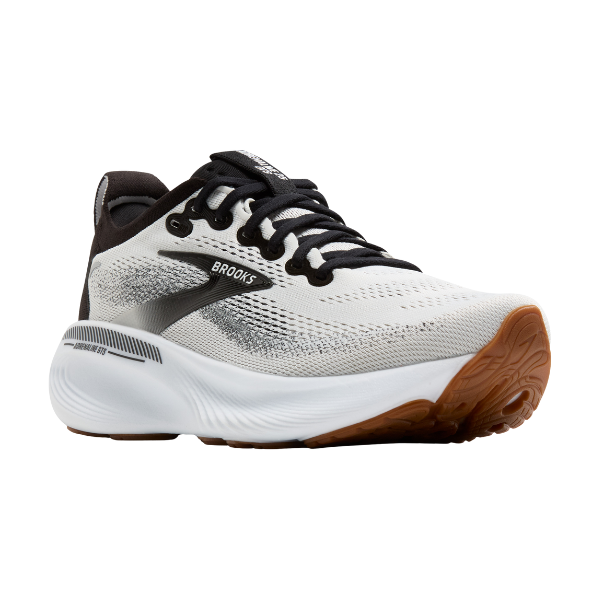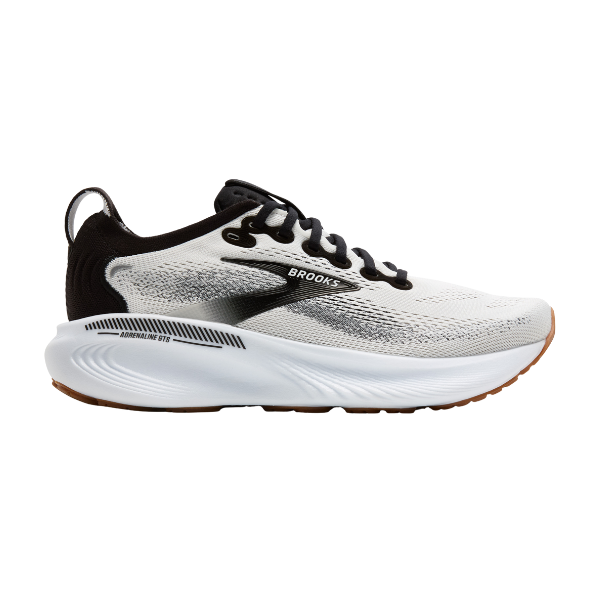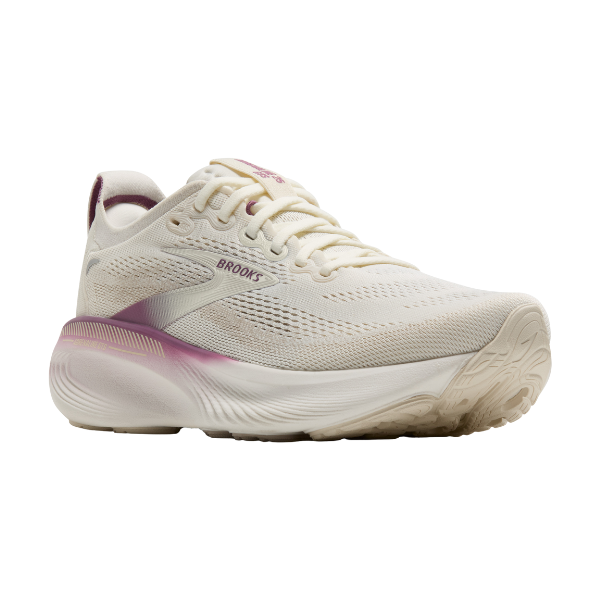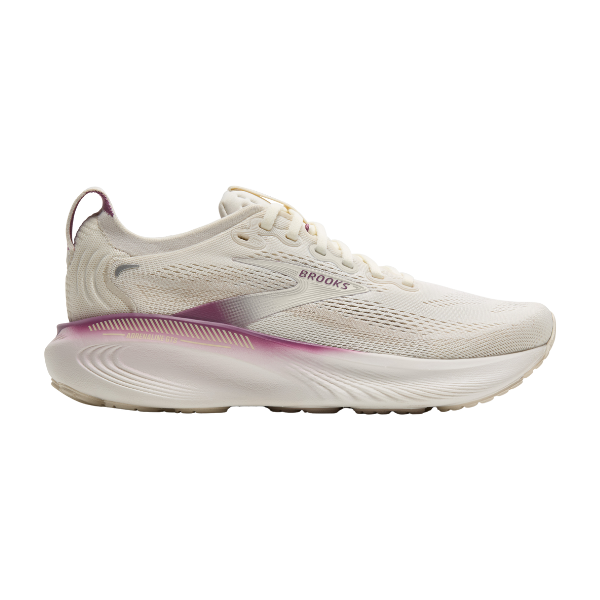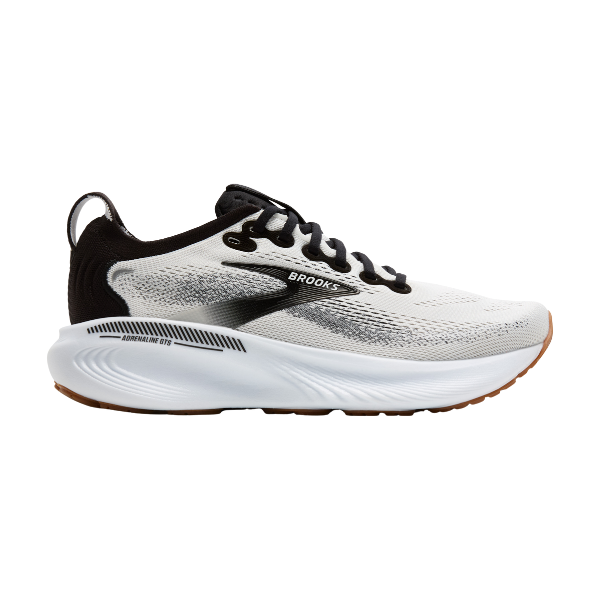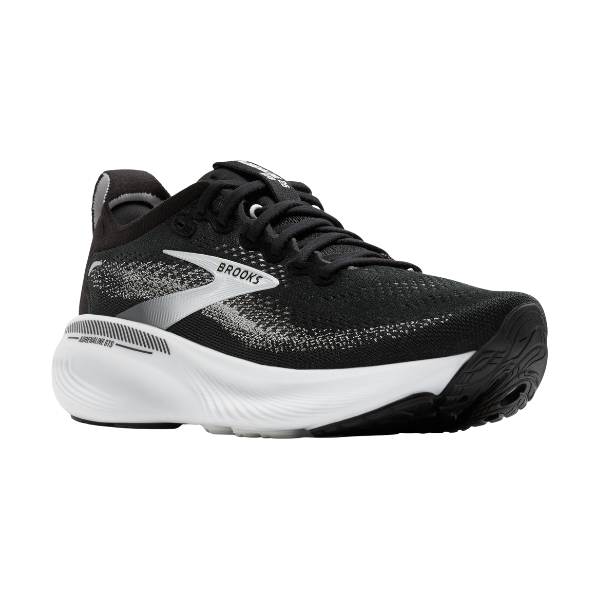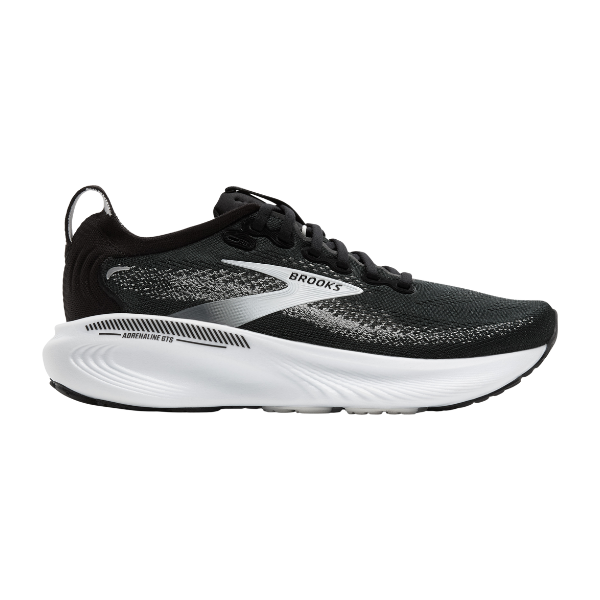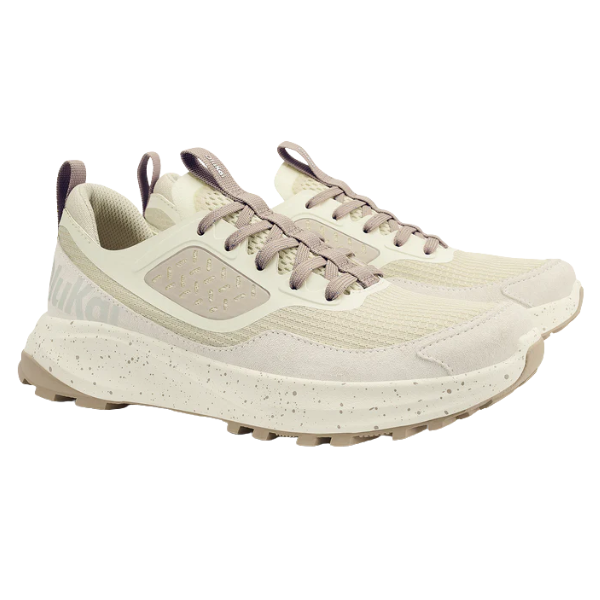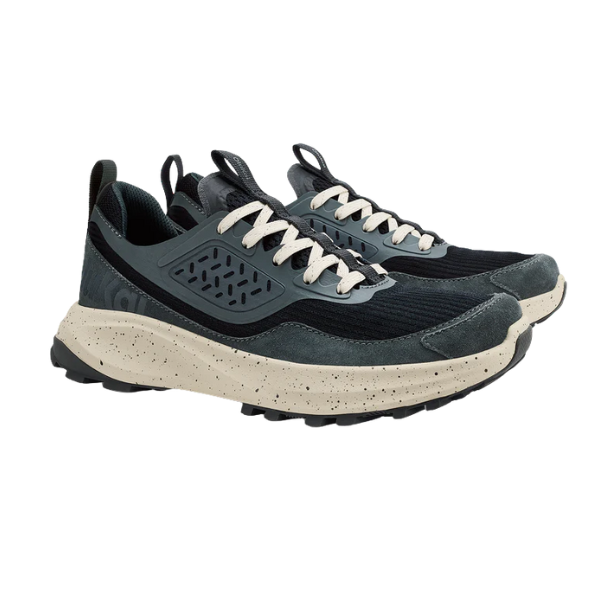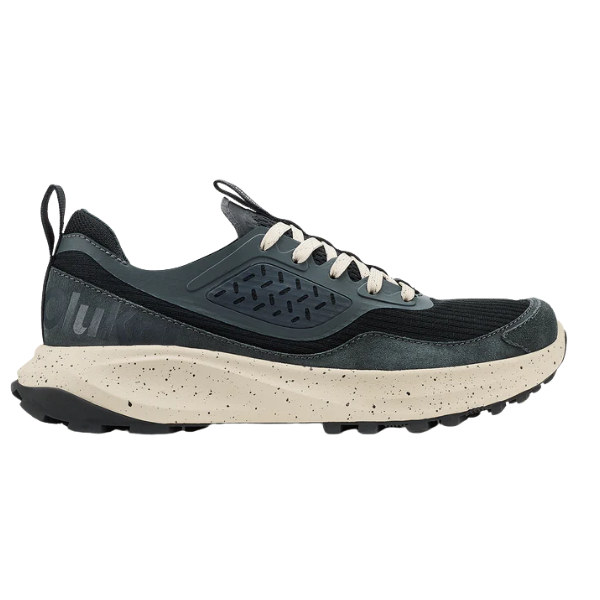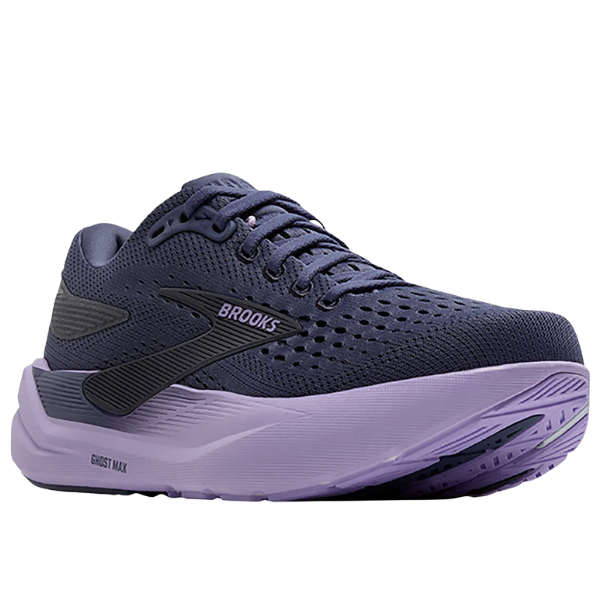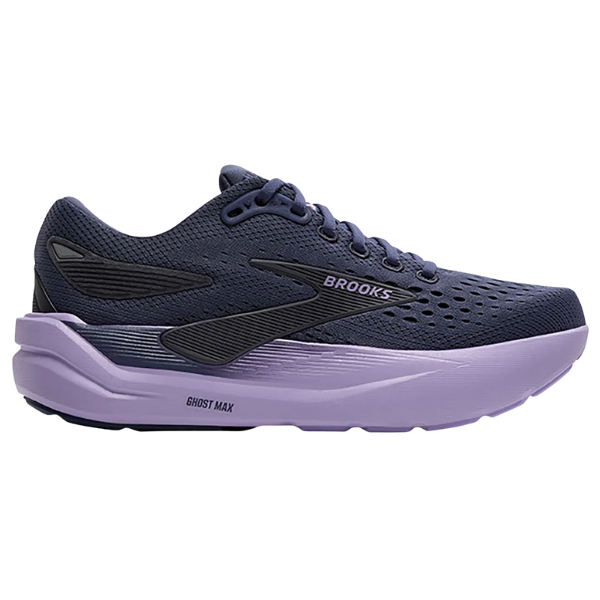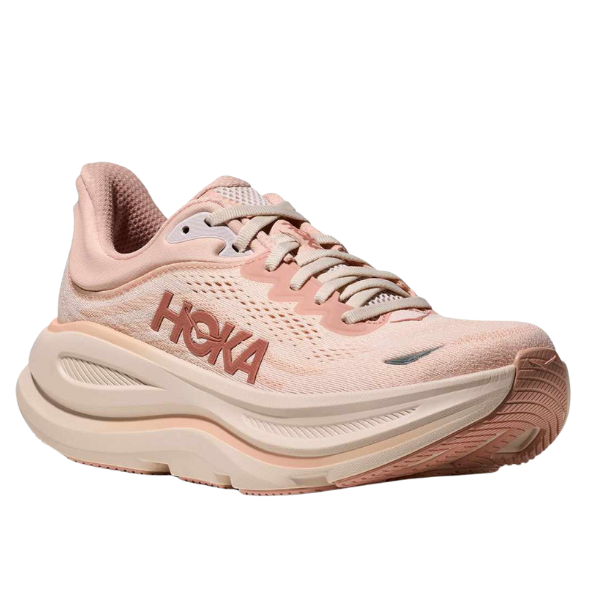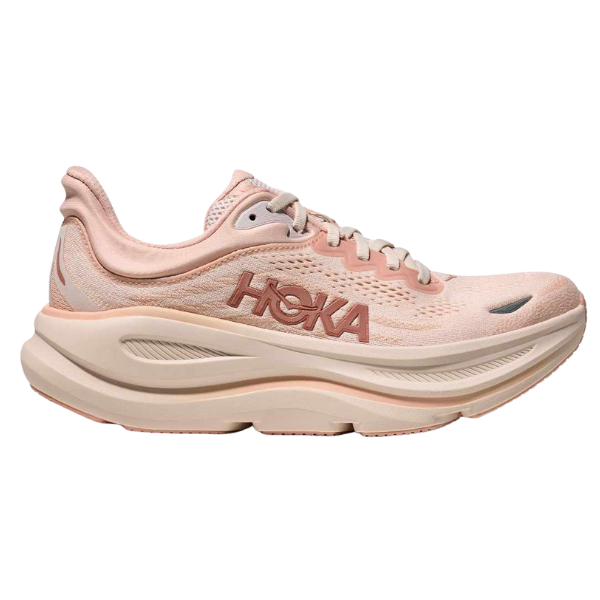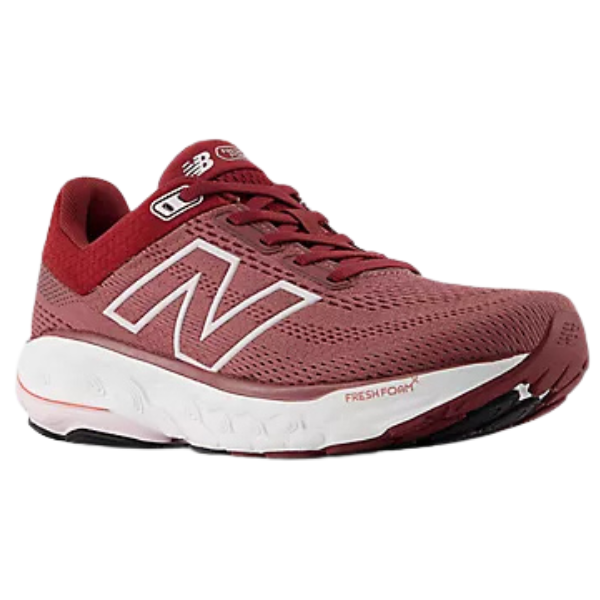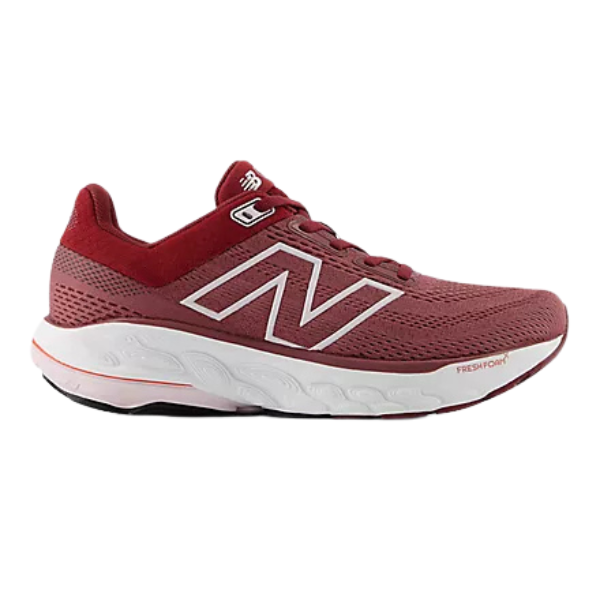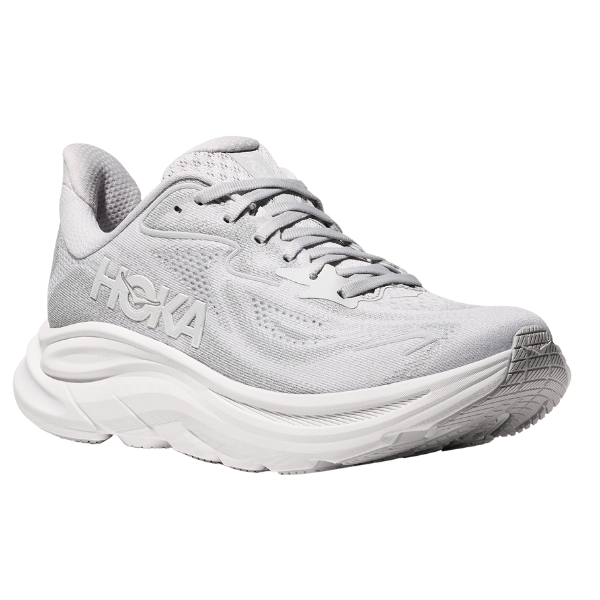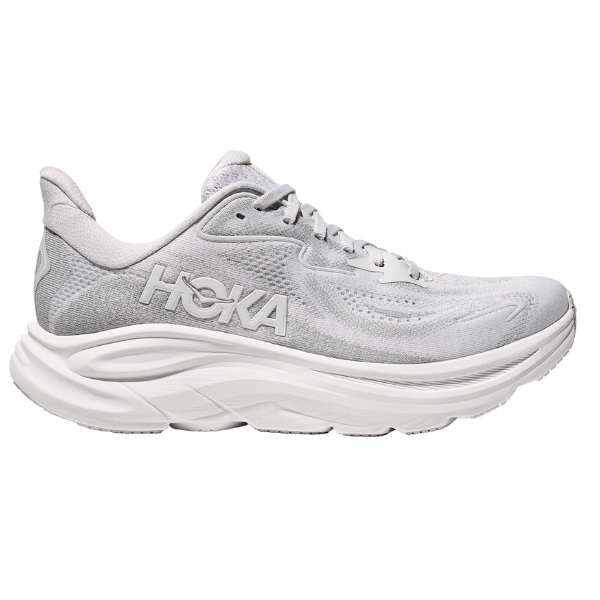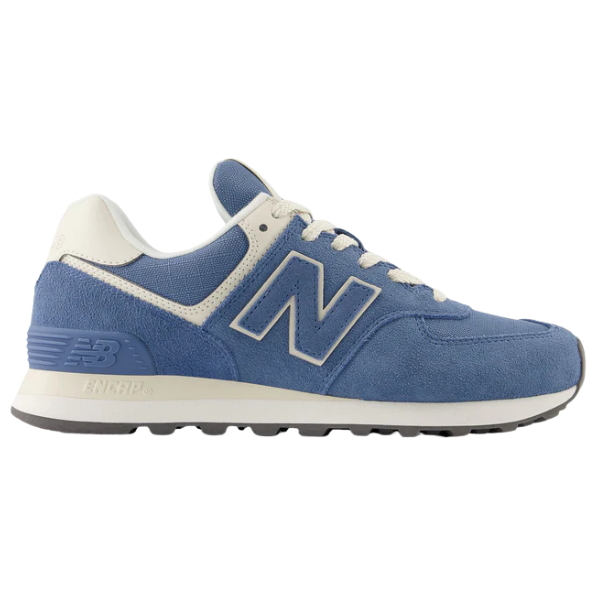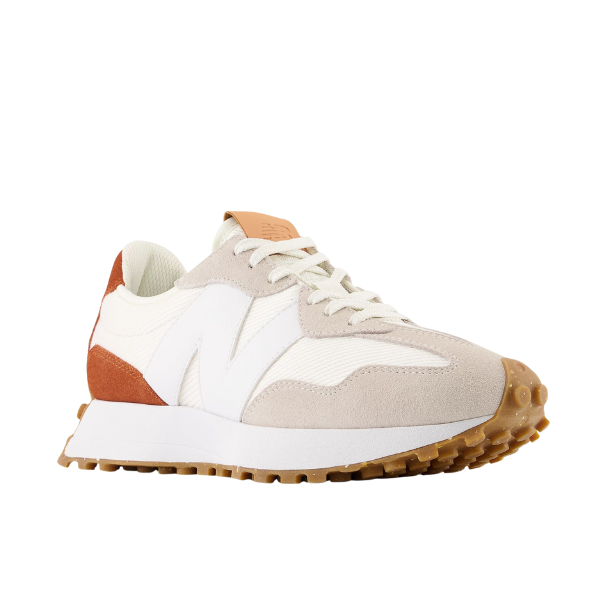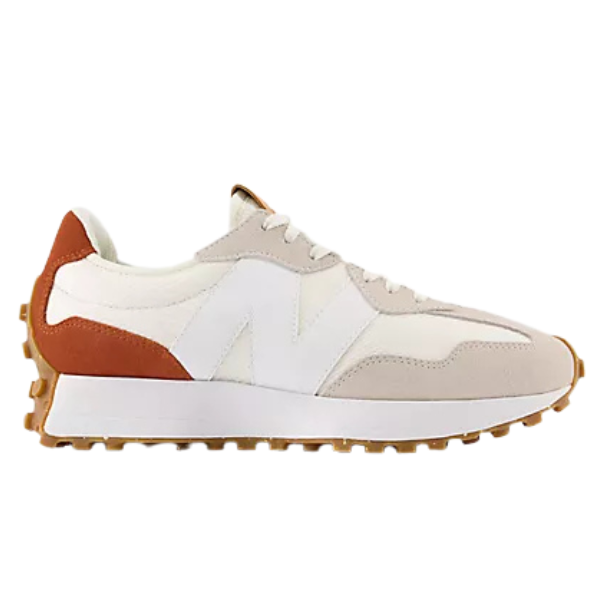What Should You Look for in a Women's Running Shoe?
Are you an avid runner looking for the perfect pair of women's running shoes? With so many options available, it can be overwhelming to choose the right one for you.
Selecting the right running shoes can make a significant difference in your running performance and overall comfort. With various brands,
styles, and features to consider, it's important to know what to look for in a running shoe that suits your individual needs.
Finding the right women's running shoes is crucial for preventing injuries and maximizing your running potential. Whether you're a beginner or a seasoned runner, selecting the perfect pair can enhance your overall running experience. Here's a list of the top considerations for when buying running shoes
Importance of Proper Fit
Both professional and beginner runners know ensuring a proper fit is crucial for comfort and performance.
While the perfect shoe is more than just a good fit, the right fit can make a significant difference in how you feel during your run, so it's essential to consider the shape of your foot and how the shoe conforms to it. Women's running shoes come in various widths, so make sure you select one that accommodates the width of your foot for optimal comfort.
Before purchasing, try on different shoe sizes to find the one that feels snug but not constricting. Your toes should have room to wiggle, and there should be no rubbing or discomfort.
Remember that feet can swell during a run, so it's advisable to go for a slightly larger size if in doubt, especially if you always need a half size for your wider foot. A well-fitted pair of shoes will prevent blisters and injuries, allowing you to focus on your run without distractions.
Arch Support
Considering the shape of your foot and how the shoe conforms to it, it's important to also evaluate the level of arch support provided when selecting women's running shoes.
Here are some key points to keep in mind when looking at arch support options:
- Foot Shapes: Understand your foot shape to determine the type of arch support needed – whether you have high arch height, flat feet, or neutral arches.
- Pronation: Consider how your foot rolls, known as your pronation type (overpronation, neutral pronation, or underpronation), to find the right level of arch support that can help correct your foot movement.
- Stability Shoes: Look for stability running shoes that offer targeted arch support, especially if you overpronate, to enhance your overall running experience and prevent injuries.
Impact of Cushioning on Comfort
Finding the right balance of cushioning in your women's running shoes is crucial for ensuring optimal comfort during your runs. When selecting a pair of running shoes, consider the level of cushioning they provide. Cushioned running shoes offer extra padding that can help absorb impact and reduce strain on your joints, especially if you have sensitive ankles.
If you prefer a softer feel underfoot, cushioned shoes might be the ideal choice for you. On the other hand, if you prefer a firmer and more
responsive shoe, neutral running shoes with moderate cushioning could be a better fit.
There are even zero-drop shoes or barefoot shoes that have no or minimal cushioning and are meant to be lightweight running shoes for those who prefer a more "natural" feel for running. They are called zero-drop shoes because the difference in height between the heel and sole is zero, and they have grown in popularity with marathon runners.
However, these minimalist shoes are a controversial trend and not recommended for everyone.
It's essential to find a pair of running shoes that not only supports your feet but also provides the comfort needed to enjoy your runs to the fullest.
Weight and Breathability Factors
To ensure maximum comfort and performance during your runs, pay attention to the weight and breathability of the running shoes you choose. That starts with having a proper fit, including the height of the upper so that your feet aren't squeezed from the top, but other factors to consider are:
- Lightweight: Opt for a neutral shoe that's lightweight to reduce the strain on your feet and legs as you run. Lightweight running shoes can enhance your speed and overall performance, although make sure you're also not trading stability for lightness.
- Breathable Materials: Look for shoes made from breathable materials that allow air to circulate around your feet. This helps maintain a comfortable temperature and reduce sweat build-up.
Durability and Longevity Assessment
When selecting shoes for running, prioritize assessing the durability and longevity of the footwear for optimal performance and value. Look for customer reviews that discuss the shoes' durability over time to ensure you're investing in a pair that will go the distance with you.
Running Habits and Terrain
Consider the type of shoe you need based on your running habits.
For instance, if you're a trail runner, durability becomes even more crucial due to rough terrain. High-quality materials and sturdy construction are key indicators of a good trail running shoe's longevity. Some types of shoes that are not specifically for running but have good comfort and are stable make for good running trail shoes, but not all of them.
Hiking shoes are also very durable, but they might be too heavy and stiff for running.
However, for road or sidewalk running, if you're a neutral runner, regular road shoes will work and can be more lightweight, as the flat road provides less instability.
Check for reinforced soles and sturdy stitching to gauge how well the shoe will hold up to regular wear and tear. Remember, a durable shoe not only saves you money in the long run but also provides consistent support and protection for your feet.
Remember to prioritize proper fit, arch support, cushioning, weight, breathability, durability, and longevity when making your selection.
With the right shoes on your feet, you'll be ready to conquer any distance with comfort and style.
Happy running!
Frequently Asked Questions
Are There Any Specific Recommendations for Women With Wide Feet or Narrow Feet When Selecting a Running Shoe?
When picking running shoes, remember, for wide feet, seek pairs of shoes with a roomy toe box. For narrow feet, opt for a snug, secure fit. Larger foot types, in general, benefit from going a half-size or full-size larger than they're used to when running, although they avoid shoes that might be too bulky or loose.
How Do I Determine if I Need a Neutral, Stability or Motion Control Shoe Based on My Running Gait?
To determine if you need a neutral, stability, or motion-control shoes based on your running gait, get a gait analysis at a shoe store like Lucky Feet Shoes. They'll assess how your feet move while running and recommend the right shoe type for you.
Are There Any Recommended Guidelines for Rotating Between Multiple Pairs of Running Shoes to Prevent Wear and Tear on One Specific Pair?
To prevent wear and tear on one pair, switch between multiple running shoes. Rotating them helps maintain their condition and gives your feet different support. Consider having a good selection of shoes, two or more pairs, to keep your favorite shoes in good shape.






